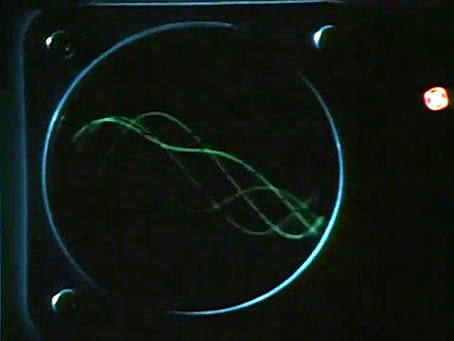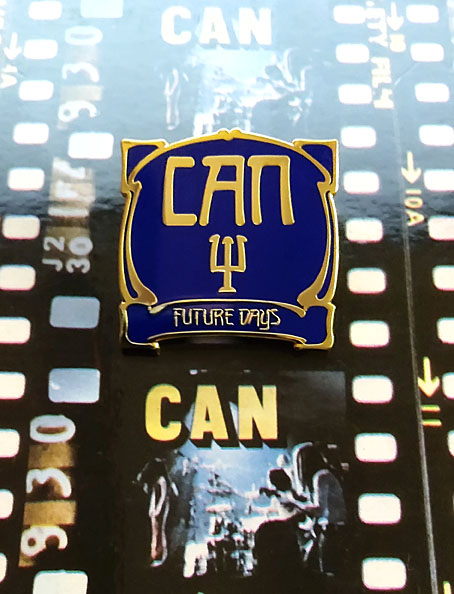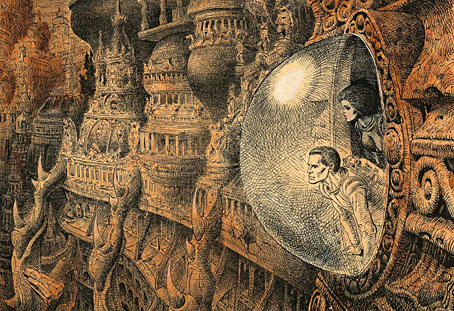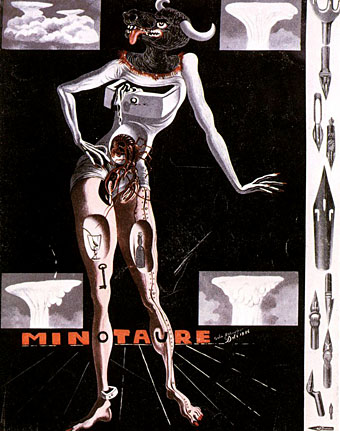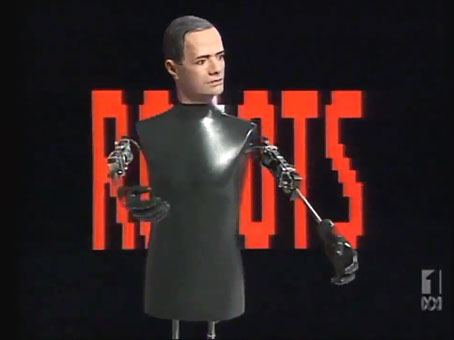
Kraftwerk on film and video, courtesy of recent uploads at the Internet Archive. These are mainly promotional clips, together with a few choice TV appearances. I’ve never liked music videos very much, even ones made for music that I enjoy a great deal, but I’m always curious to see how Kraftwerk portrayed themselves at different stages of their career, especially the early years when they were still tuning the group persona. I’m fairly sure I hadn’t seen the videos for Radioactivity and Antenna before, while some of the later videos are present in two or more versions. The quality is variable but that’s how things go with this group; everything from 1970 to 73 is treated like a period that never happened, while the years from 1974 to 1981 have been subject to continual revision. Kraftwerk is unique in being a very popular group that buries or reworks much of its own history, record covers included, leaving us with a trail of deleted or neglected “produkt” that ends up circulating secondhand or in bootleg form. A couple of these promo videos have been attached to CD singles but only a small portion of this material has been recycled into the official catalogue as it stands today.
Winter Soest (1970)
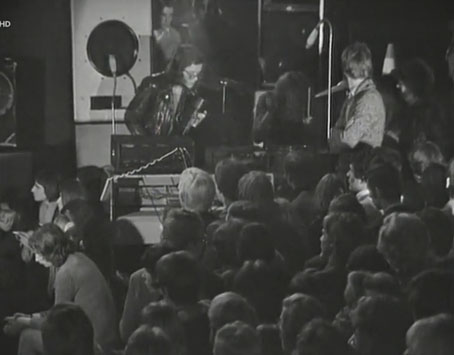
The group in their rock-freakout period playing to an audience of bored/bewildered/enthusiastic German hippies. With Klaus Dinger on drums and Ralf playing some kind of portable keyboard. Spot the leitkegel.
Pop2 (1973)
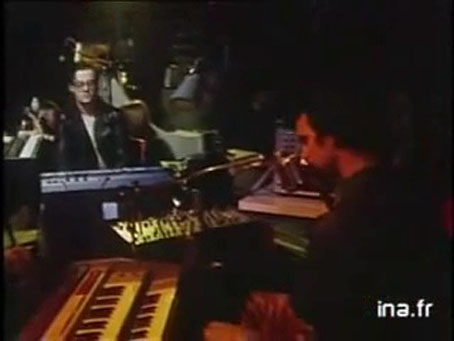
Pop2 was French TV’s equivalent of Germany’s Beat Club and the BBC’s Old Grey Whistle Test. This clip is from a programme devoted to “Kosmische” German music which also featured Tangerine Dream, Guru Guru, Klaus Schulze, and (in conversation) comic artist Philippe Druillet. The music here is very much in the melodic mode of the third album, Ralf & Florian. This is also about the last time you see Ralf wearing his leather jacket. The spectacles didn’t remain for long either.
Radioactivity (1975)
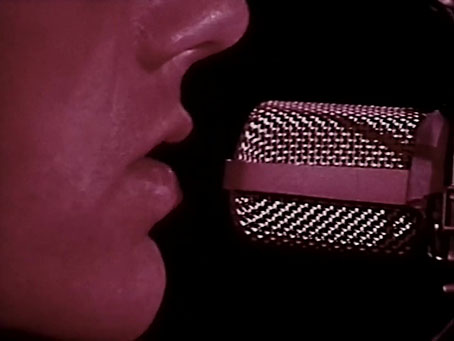
Antenna (1975)
